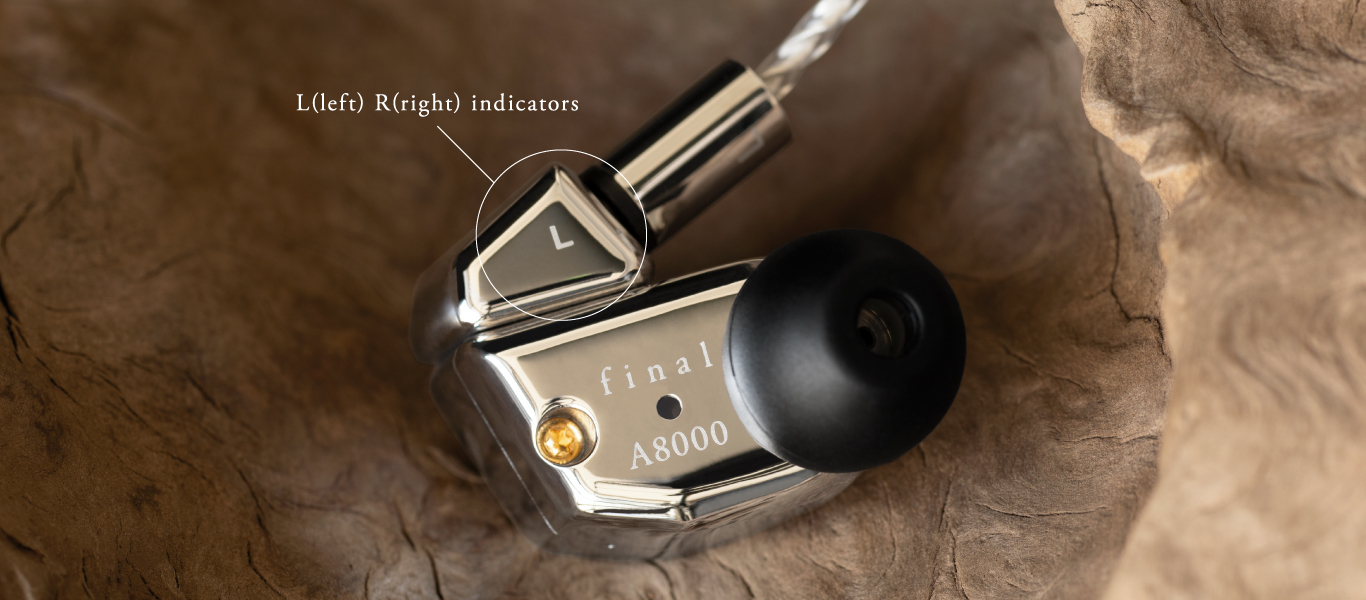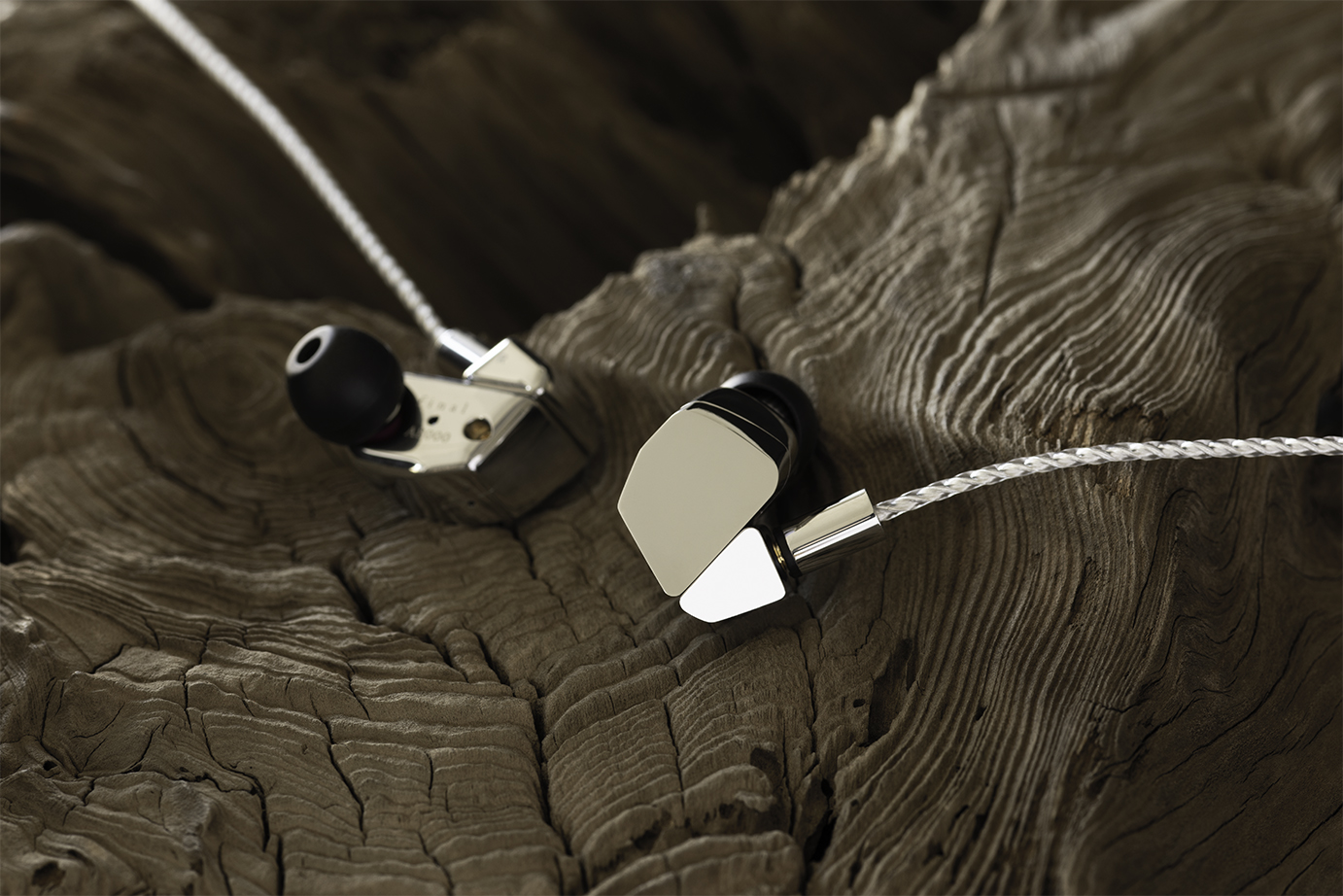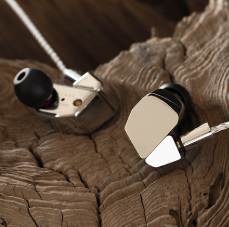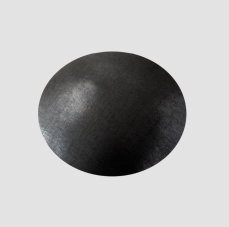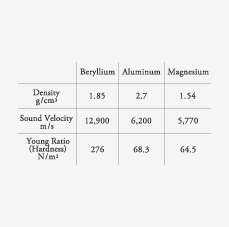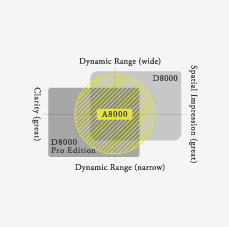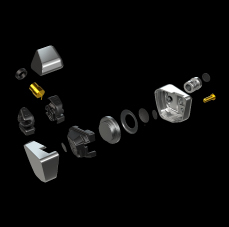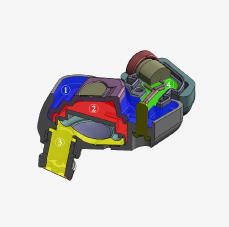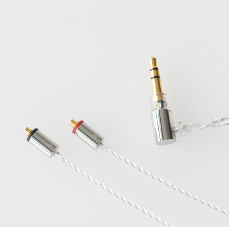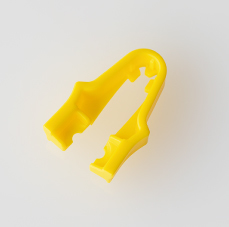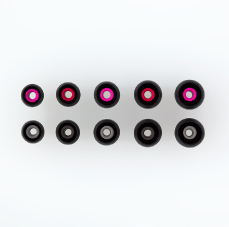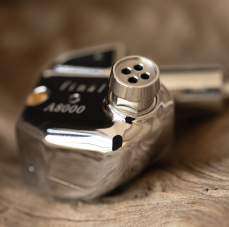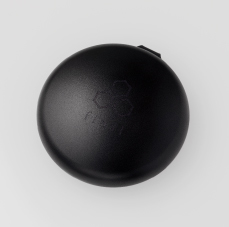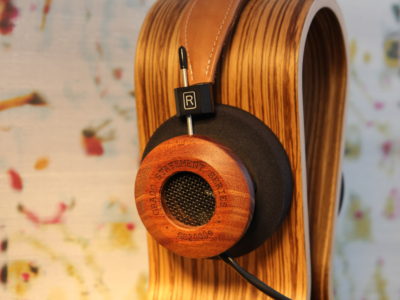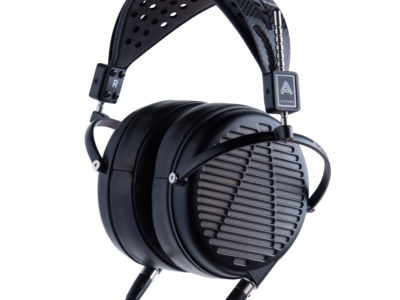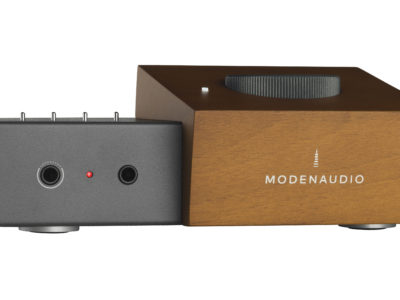Description

A8000
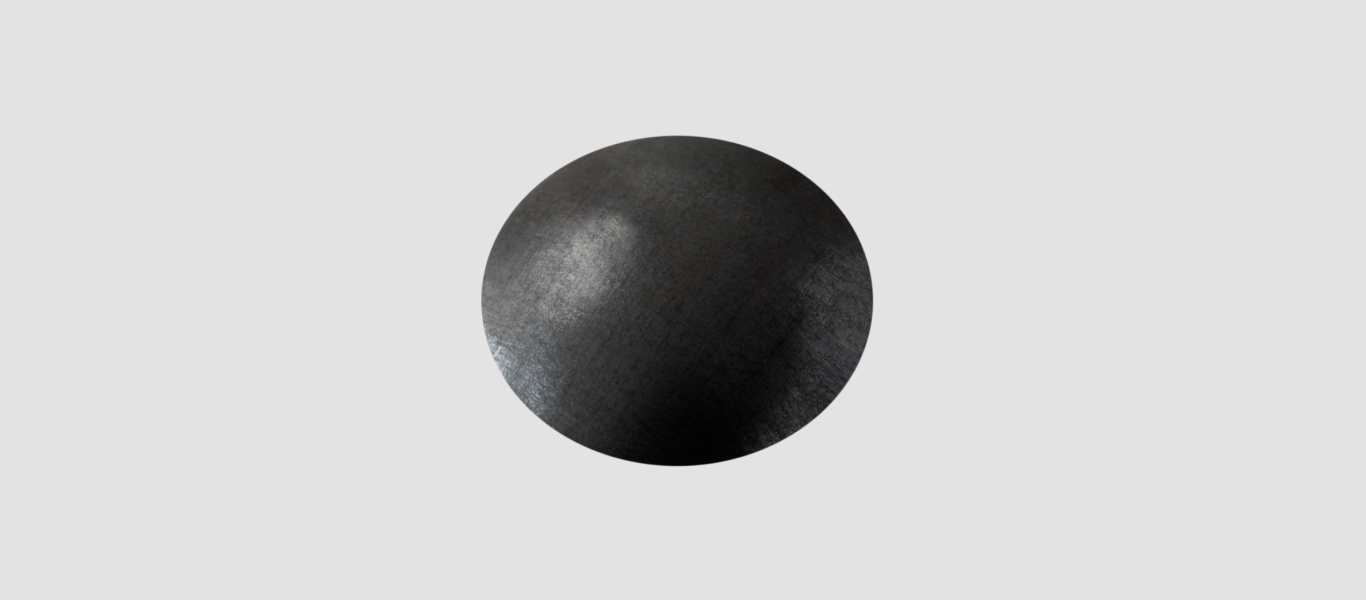
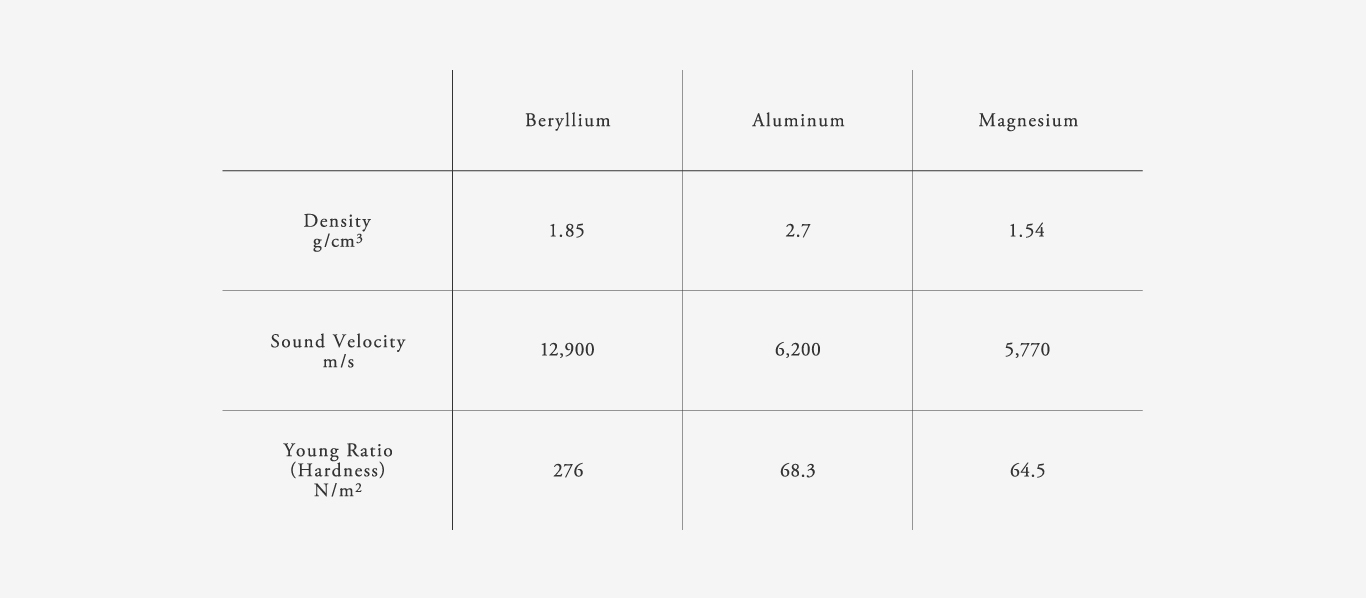

One way of thinking regards the distance perception. Classical and jazz recordings are thought to be performed with emphasis on aspects of spaciousness, such as sense of distance, broadness and reverberation. On the other hand, rock, pops and many of the recent animation soundtrack recordings, spaciousness is not as highly emphasized. There is thought to be greater emphasis on clarity, which brings the various instruments and vocals to the front.
Another approach is dynamic range – in other words, changes in loudness over time. If the dynamic range is wide, naturally it is possible to use the change in loudness over time to achieve a more dynamic expression of music. But, there are some types of music for which narrower dynamic range recordings are preferable to allow each of the instruments and vocals to ordinarily appear before the listener’s eyes.
The difference between these two ways of thinking pertains not to which is superior but rather differences in how music is composed and what is demanded of it. With regard to classical music, and that played by orchestra in particular, the spatial orientation of instruments is particularly important. Stringed instruments are positioned nearest to the audience with wind and percussion placed behind them. Should the balance between the spatial orientation and volume of each group of instruments collapse, the music would disintegrate. For that reason, uniform clarity of sound that allows each instrument to appear before the eyes of the listener is not demanded of this type of music. Even for classical music, a string quartet, for example, would have a narrow dynamic range and the clarity of each instrument would be more prominent. For rock and pops on the other hand, spaciousness is not as necessary as for classical music, and so there is greater emphasis on clarity than spaciousness.
These preconditions are very important, particularly for earphone and headphone listening, and it has become apparent that the implementation of appropriate target curves and driver design result in deeper enjoyment of music.
Please refer to the below graph with spaciousness and clarity of music set on the X axis and dynamic range set on the Y axis.
The superior time response of the A8000 imparts it with sound quality that is capable of providing an uplift from a wide range of music that approaches the extent of the D Series, from the clarity of pop and rock music with a narrow dynamic range all the way to the spatial impression of classical and jazz music with a wide dynamic range. The most distinct characteristic of the A8000 is that it realizes such sound quality not by its ability to create sound capable of attracting a small number of wild fans through its strong individuality, but rather sound aimed at greater universality.
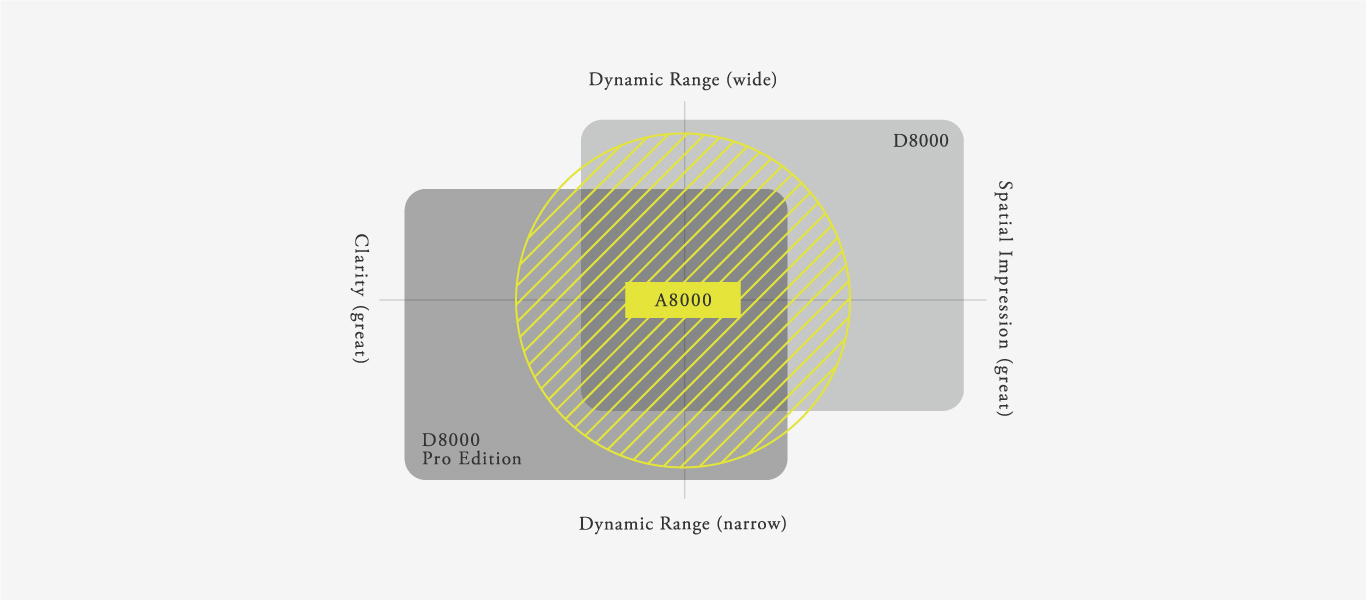
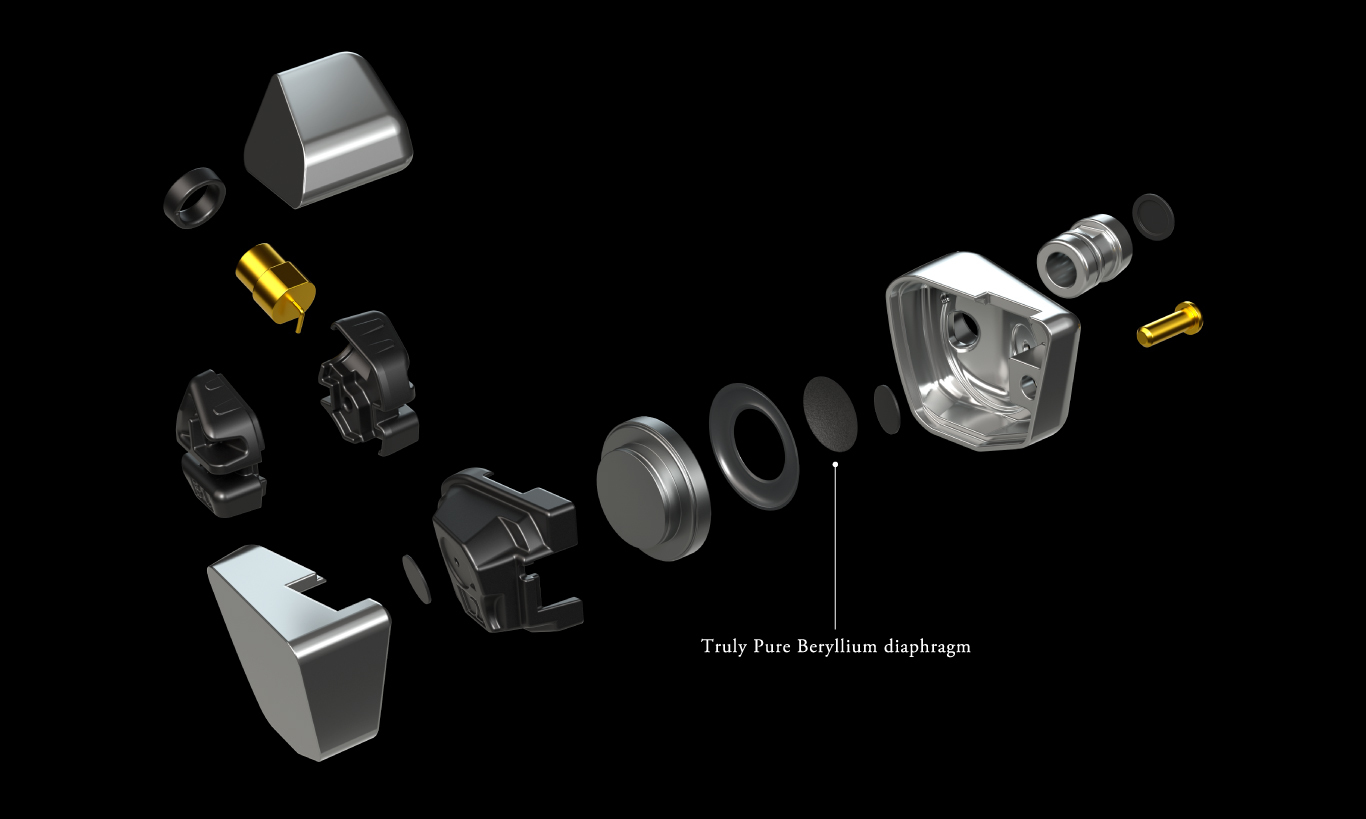
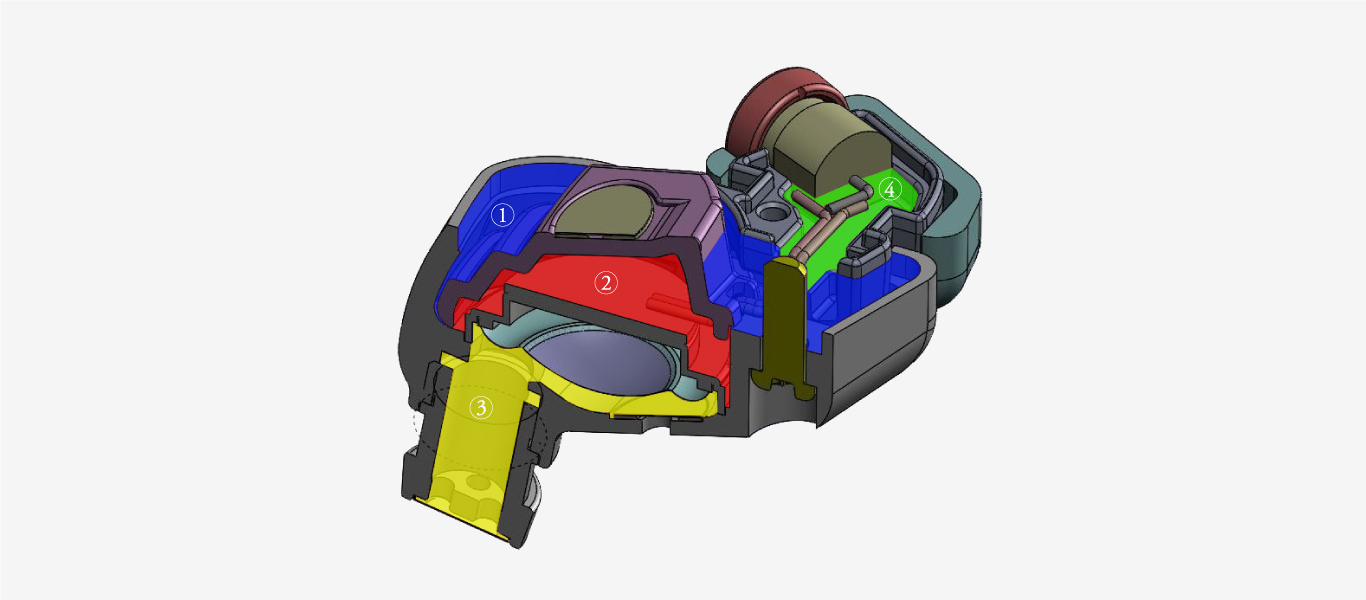
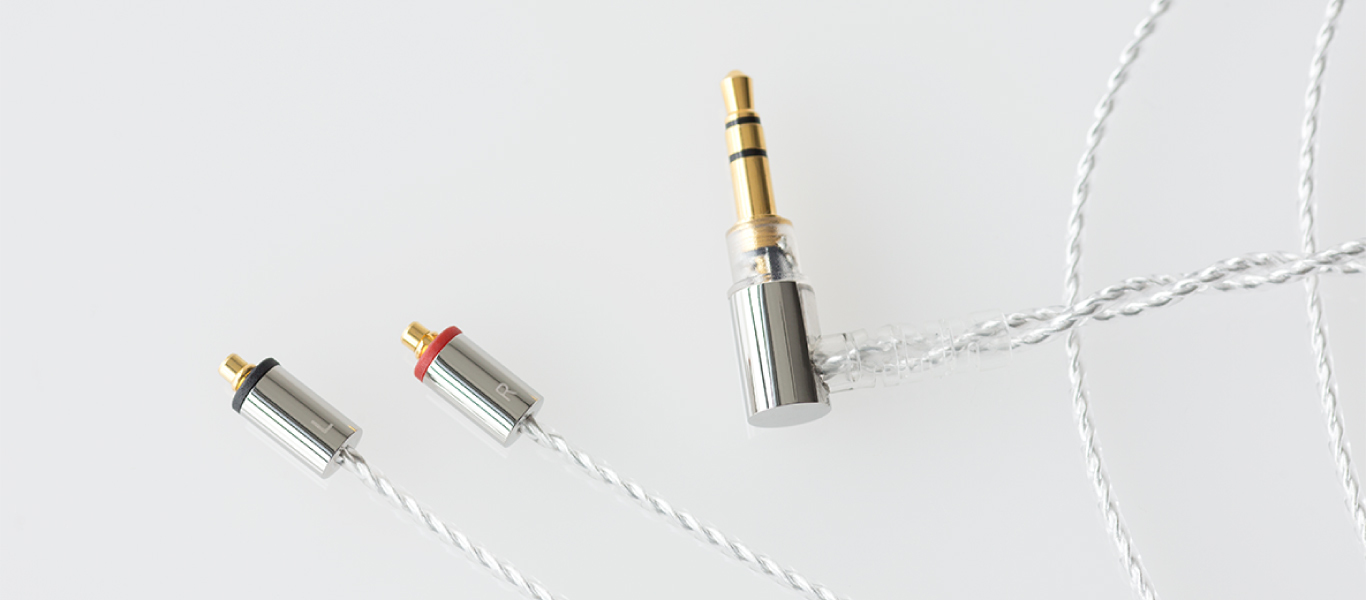
Using MMCX ASSIST the plug can be removed with surprising ease by applying proper force to the MMCX connector in the direction for cable removal,
It also prevents the contingency of the cable from becoming severed by mistakenly pulling on the cable portion of the MMCX connector plug.
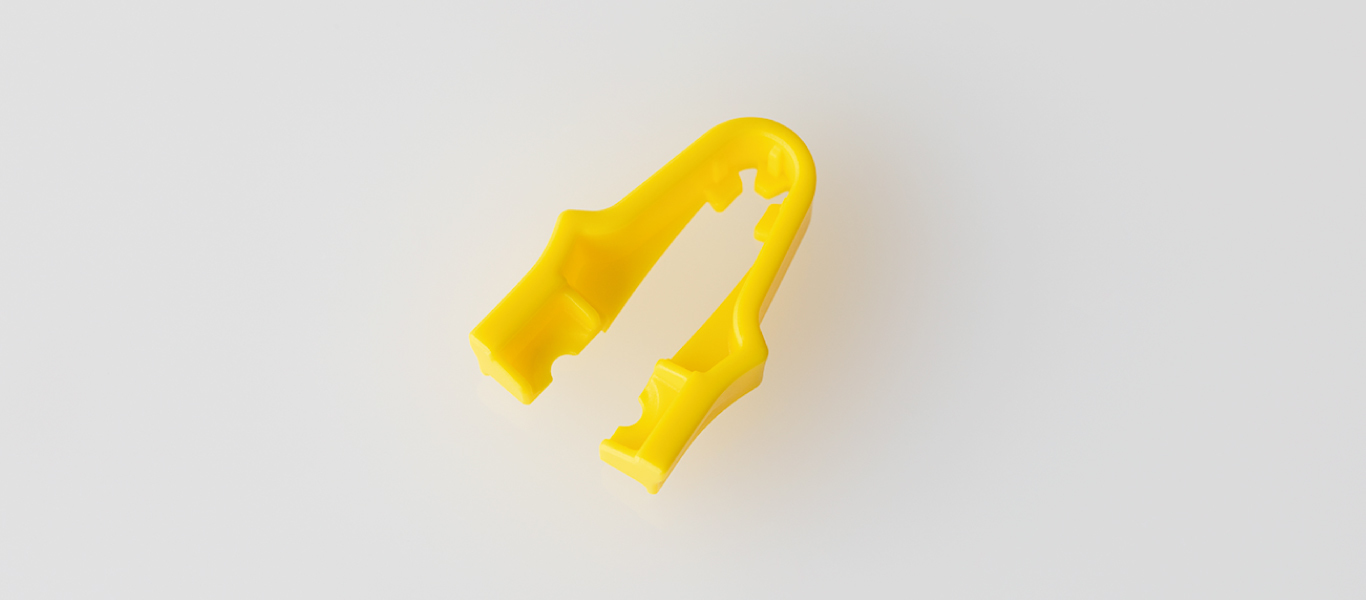
One of the bushes is gray, while the other is red; by pulling the earpiece back slightly to check the color of the bush, it is easy to distinguish between left and right, even in places with subdued lighting. Since the bush colors of neighboring sizes are different (the gray bushes alternate between dark and light gray; the red bushes alternate between red and pink), it is also easy to distinguish between sizes.
Comes in 5 sizes – SS/S/M/L/LL
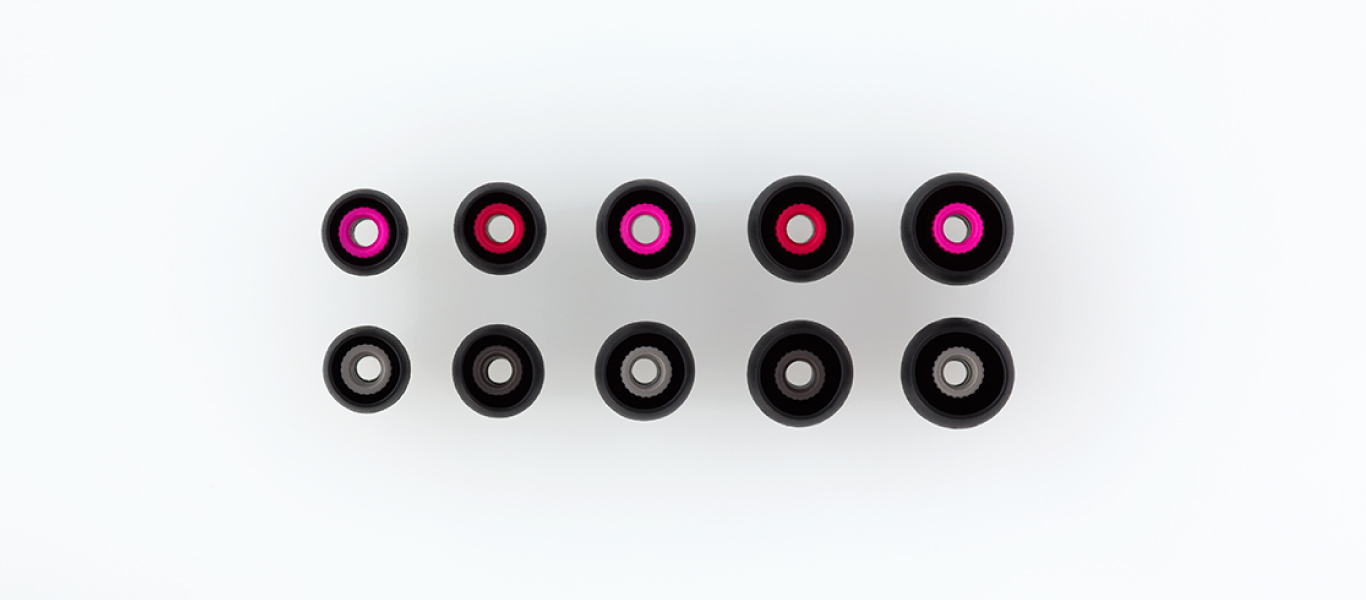

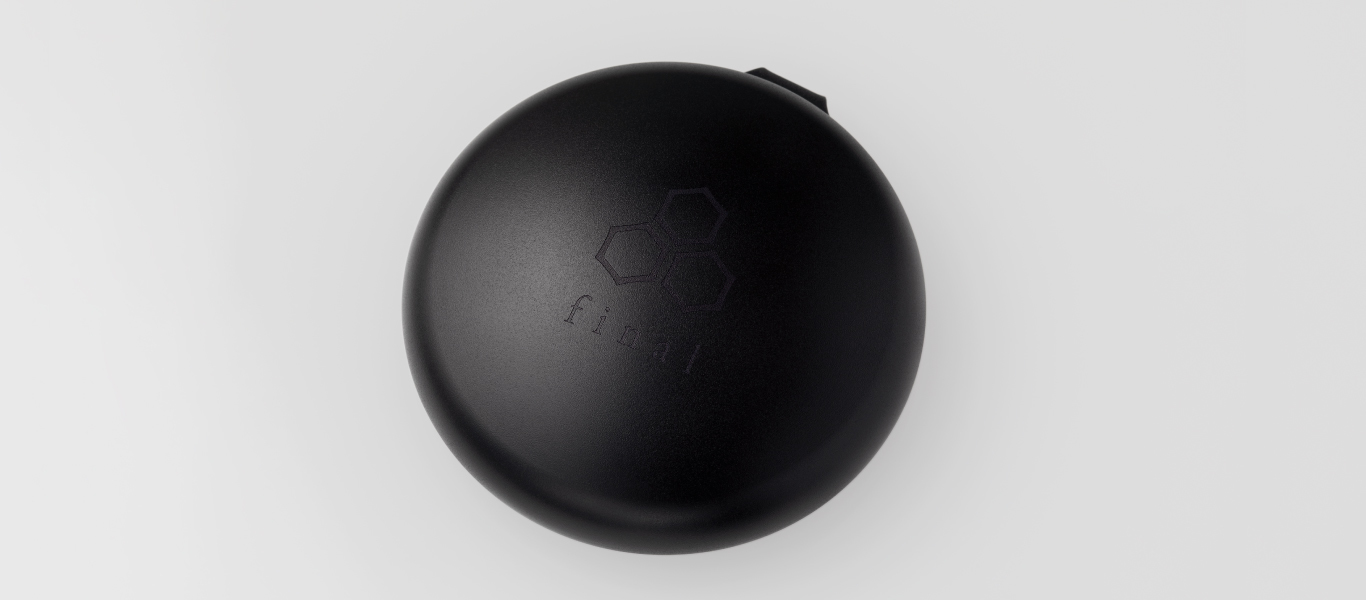
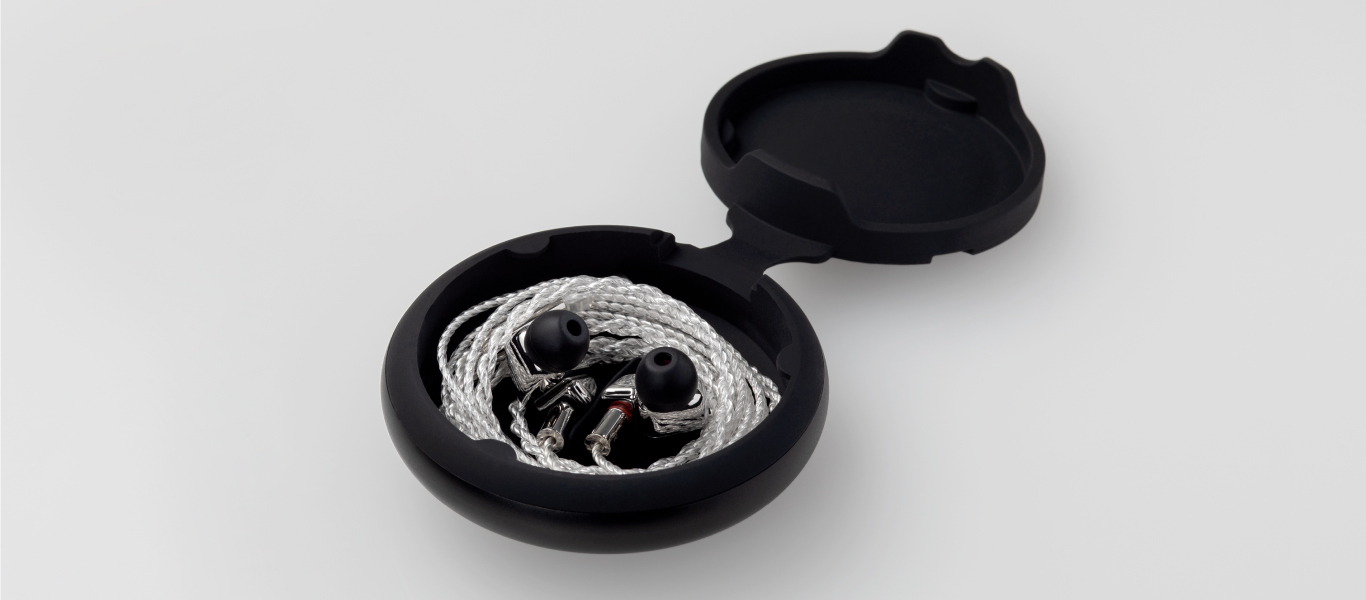
- Product code
- FI-A8DSSD
- Housing
- Stainless
- Driver
- Dynamic driver(Truly Pure Beryllium Diaphragm)
- Connector
- MMCX
- Cable
- OFC silver coated cable
- Sensitivity
- 102dB
- Impedance
- 16Ω
- Weight
- 41g
- Cord length
- 1.2m
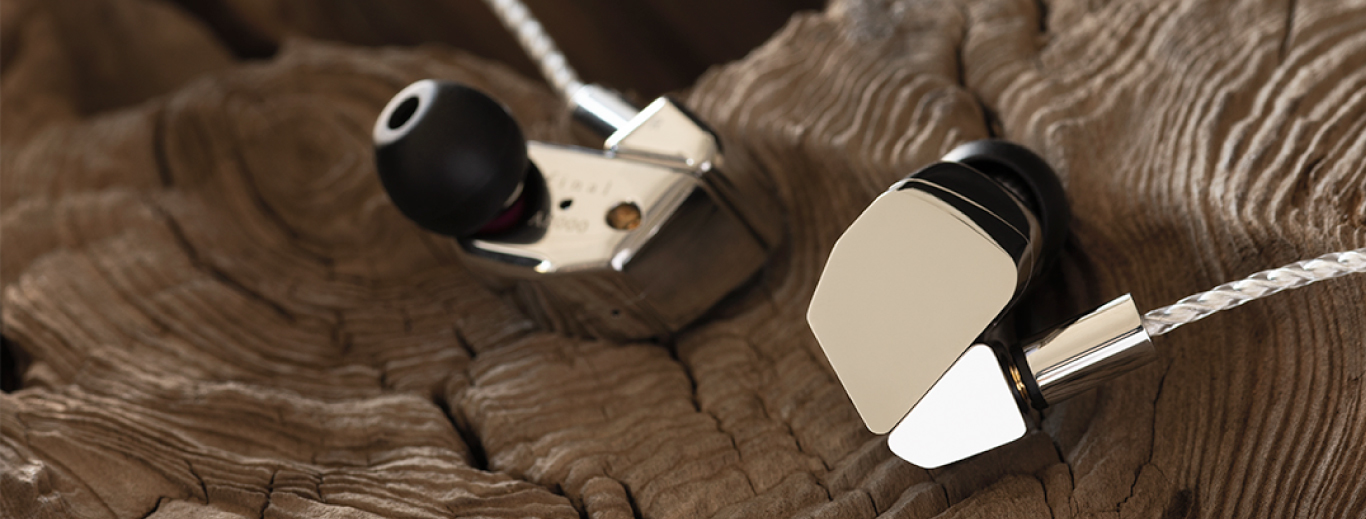
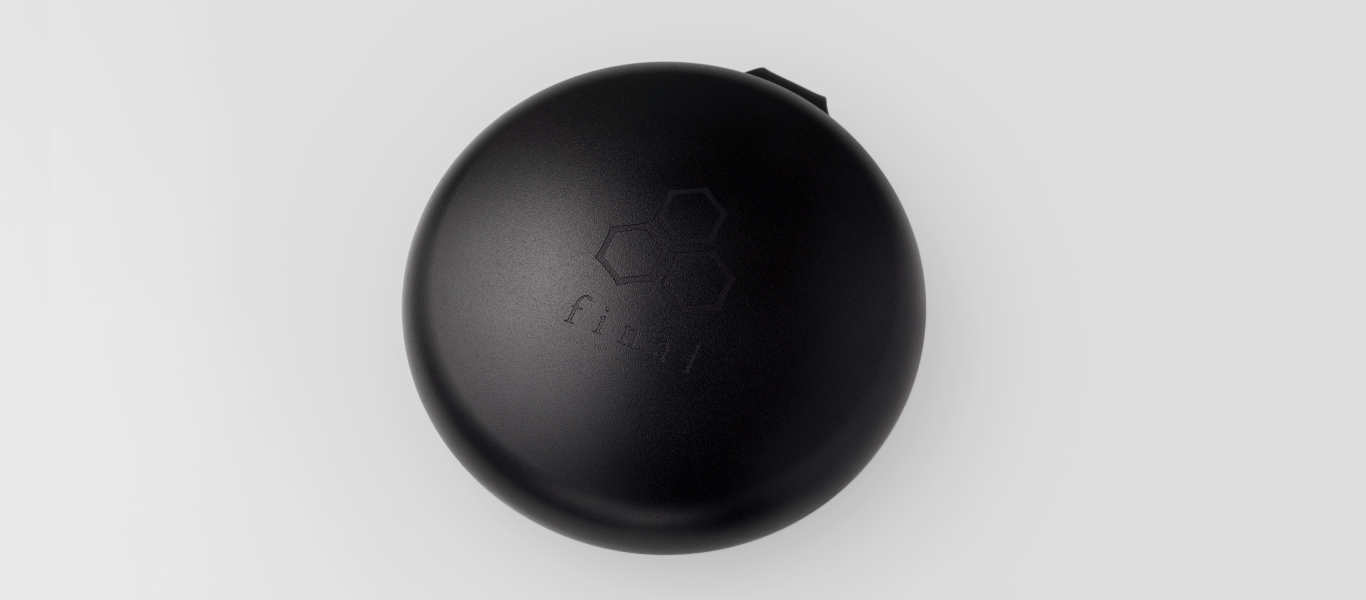
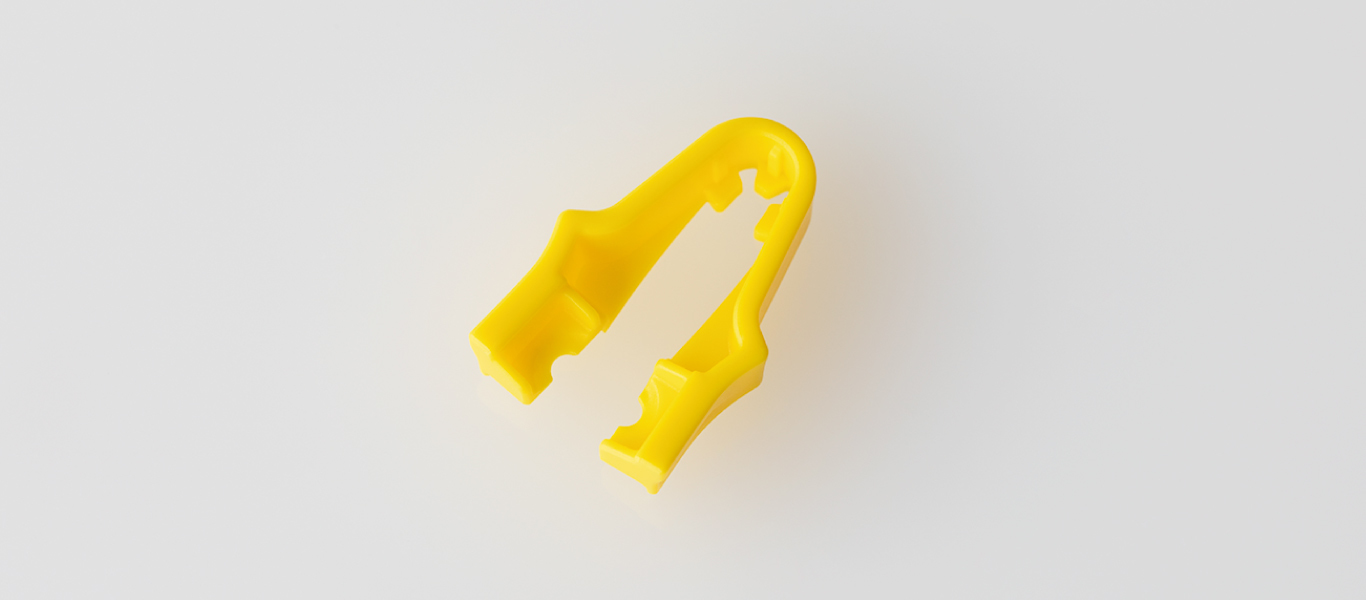
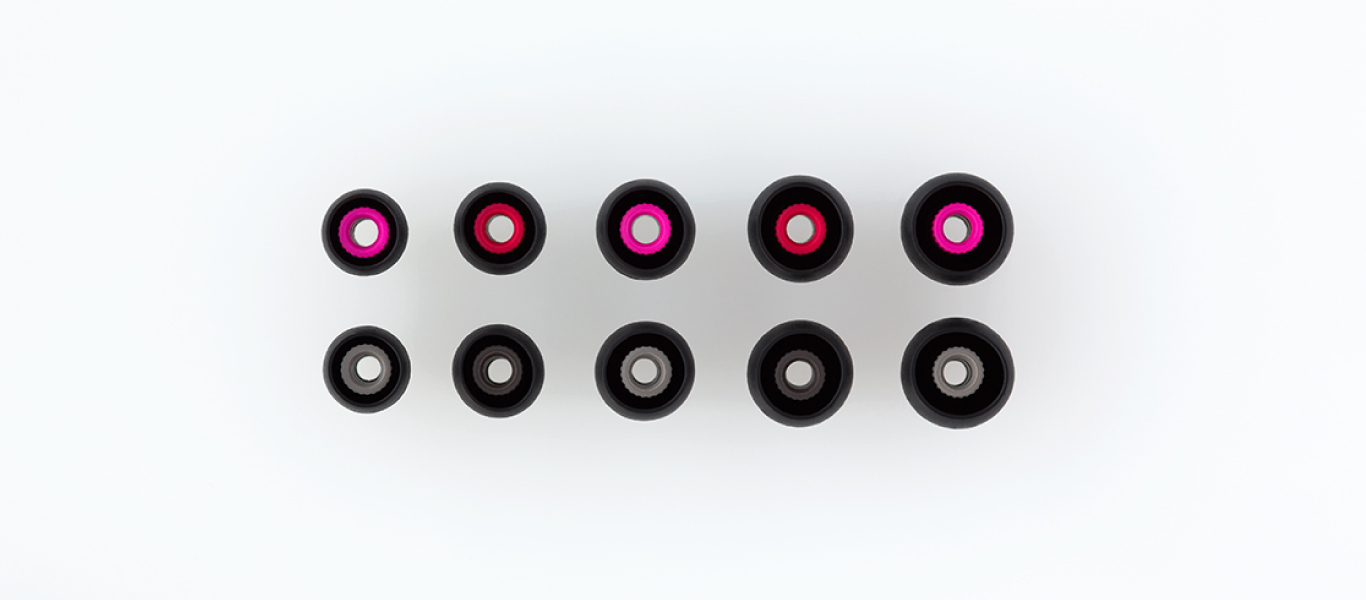
STEP1 Confirm the R and L marks on the inside of the chassis. R is right, and L is left.
STEP2 Run the cable toward the front from behind the ear, and insert the earpiece of the earphone into the ear.
STEP3 If it is difficult to fir the earphone into the cavity of concha, try to insert the earphone while pulling back and somewhat upward on the ear lobe.
* If the cable does not fit on the back of the ear, please use the ear hook accessory.
* If the fit is too loose, try changing the size of the sleeve. In some cases, the size of the left and right earpieces may be different.
